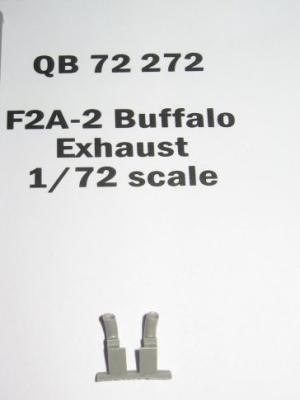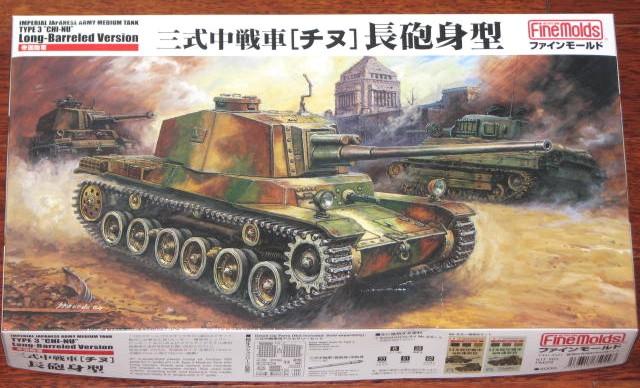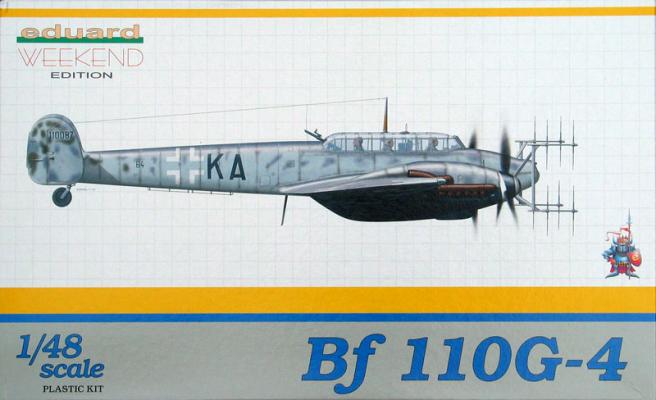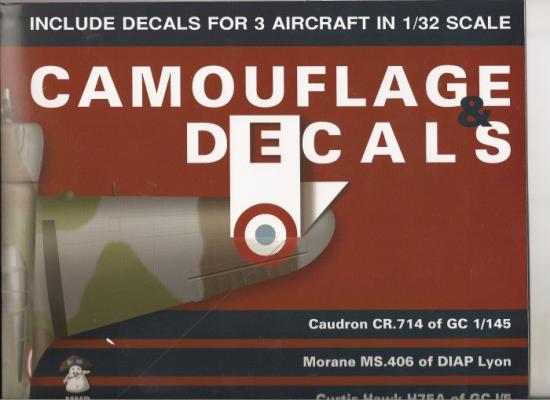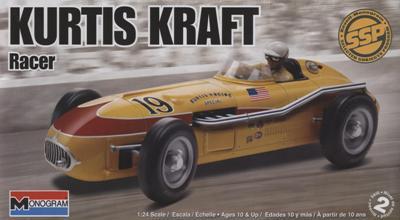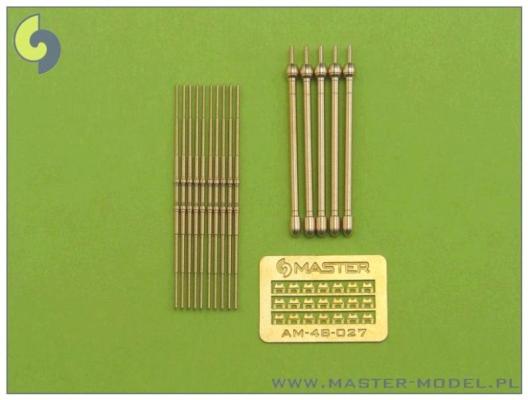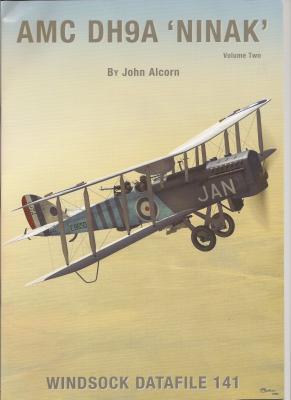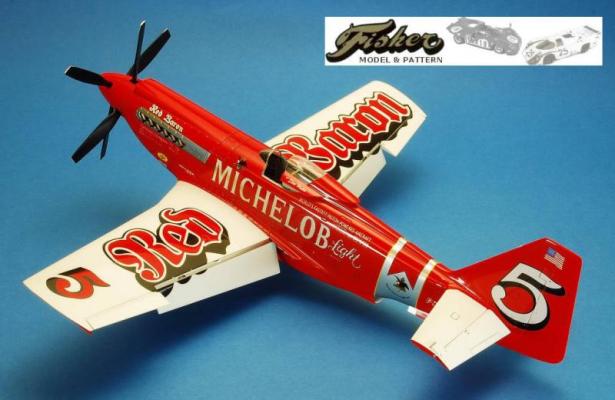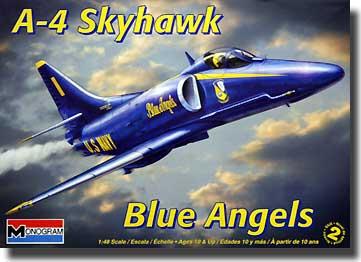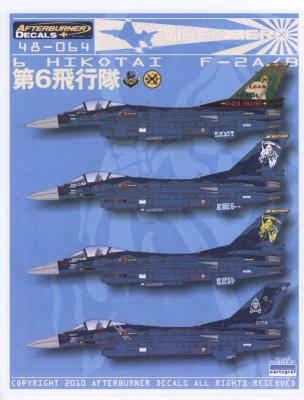These accessories are produced by Quickboost, a resin-manufacturing firm that provides corrected components for discriminating modelers who want to get it right. Quickboost produces a large variety of corrected parts for aircraft kits in 1/72, 1/48, and 1/32 scale, and their website is very interesting to browse through. In this case, Hasegawa has taken a shortcut in their production process, not the first time this has happened. It reminds me of the old Lindberg kits many years ago that had standard propellers which were supposed to fit on many different kinds of airplanes. It didn’t work then, and still doesn’t today.
What's New
Fine Molds continues to add to their great line of WWII Japanese Armor – this time with a variant of the Type 3 “CHI-NU” Tank. This up-gunned long barreled version of the Type 3 was a paper-only project. The variant was expected to go into production in 1946, but as we know the war ended before then. It was thought that the gun on the Type 3 would not be sufficient to knock out US Armor at long ranges, so plans were drawn up to fit the Type 3 tank with a long barrel 75mm gun.
This kit is exactly the same as the other Type 3 “CHI-NU”, with the addition of the sprues for the longer barrel, and turret parts. In fact with this boxing, you will end up with some extra parts for your stash, as some of the parts from the earlier release are included, but not used. The kit’s 203 parts are molded in tan, with a sprue of clear parts, and nicely done ‘rubber band’ tracks.
Eduard has released its Messerschmitt Bf-110G-4 in the Weekend format. I appreciate Eduard releasing kits in the “weekend” format as a more affordable channel for modelers to get access to a kit. This is the most expensive kit ever boxed in the Weekend format ($39.95) but you get a lot of plastic for your money; as a reference point, the Profipack version retails for $64.95.
So, what is in the box? You get all the plastic sprues from the Profipack packing, except sprue D (underwings ordinance). The decal sheet, printed by Cartograf, has one option and stencils are included. The box includes 11 sprues for a total of 349 parts. I should mention that you get over 100 parts (mainly from the 110E) that go straight to the spares box. The kit does not include photoetch nor canopy masks.
This is a British product, the first of a series, providing a very nice set of 1/32 scale decals and an accompanying booklet, featuring three aircraft flown by Polish pilots flying with the French Armee de l’Aire during the Battle of France in 1940. Two versions of this issue exist, one in 1/32 scale and one in 1/48. The decal sheet and booklet are provided in one unit, and cannot be purchased separately.
The booklet, a rather large publication of 16 pages plus cover, measures 13 by 9 ¼ inches, and consists of detailed information on the colors and markings of each aircraft. A short history of the pilot and his operational career is included, and these make interesting reading. The booklet is filled with excellently reproduced photos, mostly from German sources, as many of the photos show Luftwaffe personnel examining the abandoned French aircraft.
The Kurtis Kraft company built some of the first specialty race cars of the post war era. Started by Frank Kurtis in the 1930s, the company would go on to build race cars ranging from midget racers to the “big cars,” that raced the grand prix circuit which included The Indy 500. This model represents a 1955 Kurtis Kraft 500C model powered by a 255 ci Offenhauser engine producing 400hp. These cars could hit 170 mph. Nine of these cars were built. In fact, between 1950 and 1955 Kurtis Kraft cars won four of five Indy races.
The FuG 220 Sn-2b radar antennas were installed on Bf 110 and Ju 88 night fighters during World War. These radar antennas are the focal point of any night fighter kit. Model Master from Poland provides us with turned brass antenna struts and antenna dipoles to enhance the look of our next night fighter kit.
The turned brass parts mean that no mold line is present and that alone is enough of a reason to consider upgrading your kit. The other advantage is that antenna struts and dipoles actually have a circular cross-section.
Assembly is straightforward and simple. The instructions recommend soldering the parts together for assembly, but my soldering skills are not very good. I’ve used super glue instead. It worked OK, but I managed to knock off the dipoles in a few occasions during construction.
This is the second of two volumes dealing with the history of the DeHavilland DH-9A, and continues the story of the postwar development and service of this most versatile biplane. The first volume generated a lot of feedback, so a number of points are clarified, and more details are included, although the main thrust of this issue is the postwar service and development, as well as the Russian copies that were produced as the R-1 after the Bolshevik Revolution. Since there are a couple of kits available of this aircraft, at least in 1/72 scale, the book will be of special interest for those of us who model World War I and “Tween the Wars” airplanes.
It is my distinct pleasure to present to you Paul Fisher’s latest full resin kit effort, the RB-51 “Red Baron”. I guess what surprises me most, having had the opportunity to build and review each of his magnificent 1/32nd scale aircraft kits, is his innate ability to continue to raise the bar on himself each time. This one is no exception, Paul having produced quality models for 32 years now.
His kits come to you in a very sturdy cardboard box, very carefully hand packed and wrapped in several layers of tissue by Paul’s lovely wife Suzy. I mean c’mon! What more could you ask for? No kidding, you really don’t see very many like this in today’s market. After the tissue is removed and the exquisitely cast resin pieces are exposed, it is top quality as far as the eye can see.
A product of the brilliant yet practical designer Ed Heinemann, the Skyhawk was a simple lightweight naval attack jet that served the U.S. Navy and Marines far beyond what anyone expected. One of its standout roles was serving as the mount of the U.S Navy’s Blue Angels aerobatic team from 1974 to 1986. These Naval ambassadors dazzled hundreds of thousands of people with their precision maneuvers, which the A-4, with its phenomenal roll rate, was capable of doing. I had the opportunity to witness these aircraft in action at the Pt. Mugu NAS in my teens. I was looking forward to sharing a shiny blue and gold bird with you until I saw the decal sheet. This is the original Monogram kit we all know which, in spite of its raised panel lines, still holds up against its contemporaries. There are decals for the Blue Angel birds 1 thru 4 but the other option is that of Senator John S. McCain’s A-4E as it looked in June 1967 when he was assigned to the Klansmen of VA-45.
OK guys, a show of hands; how many of you don’t like Hasegawa kit decals? You’ve had bad experiences with them and hate ‘em to the point that you won’t build or even buy a given Hasegawa kit unless you can get aftermarket decals for it? Not a problem for those Hasegawa F-Teen kits where you easily have many more aftermarket decal choices than kits. However, when it came to cool looking, non-gray jets, like the Mitsubishi F-2, you were stuck….until now.

